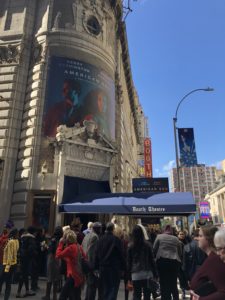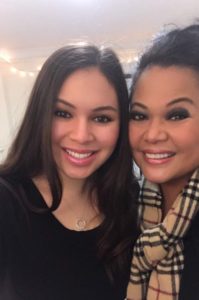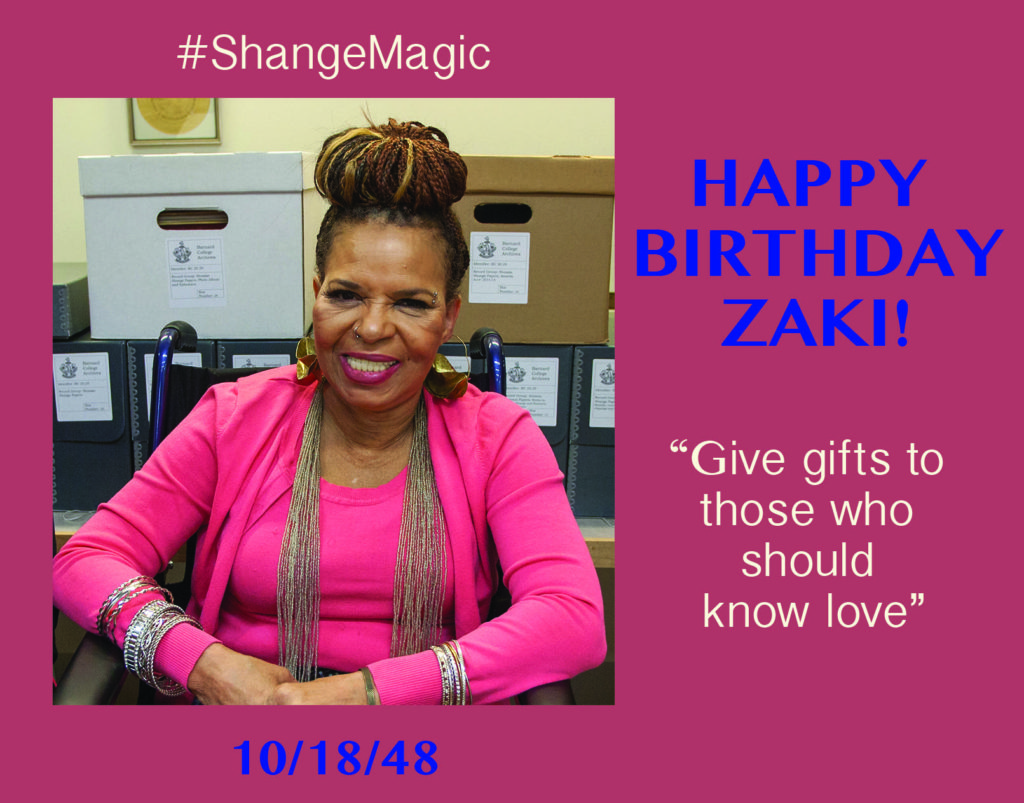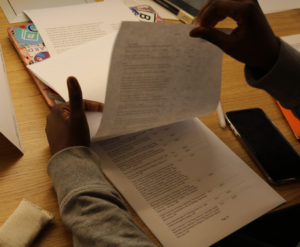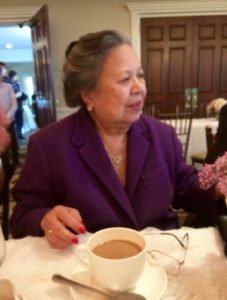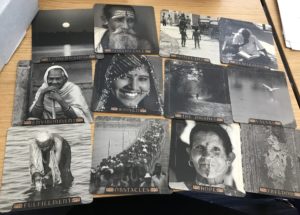
Cup coasters I found in the Shange Archives. I reflected on each word on every coaster and realized their relationship to Shange’s work.
I found these cup coasters in the Ntozake Shange Archives. The box I found them in said that they were found in Shange’s home when her belongings were collected. As soon as I saw them, many thoughts ran through my mind. The words on the coasters read: consciousness, nonviolence, homeland, realization, environment, women, the journey, values, fulfillment, obstacles, hope, and freedom.
Each word is a theme that is shown in a plethora of her works and pieces. Perhaps she used these coasters as her inspiration when she wrote? The coasters were, in fact, found laying around her house. Maybe she used a different coaster for each piece she wrote and tried to work that word/theme into it?
These coasters make me think about each word and how every word is a significant and powerful theme that is ever-present in Shange’s pieces. The more obvious themes, to me, are the words that are almost self-explanatory: environment, women, the journey, values, fulfillment, obstacles, hope, and freedom.
For example, let’s look at “consciousness, “realization,” and “homeland.” Consciousness and realization can be interpreted as “awareness” — awareness/realization of one’s self, awareness/realization of one’s body, awareness/realization of one’s surroundings, and awareness/realization of one’s capabilities– something that Shange often explores in pieces like Nappy Edges and for colored girls who have considered suicide/when the rainbow is enuf.
“Homeland” reminds me of Shange’s appreciation for black culture and tradition. A powerful underlying theme of Sassafrass, Cypress, and Indigo, and in many of her pieces in Lost in Language in Sound, is the significance of cultural tradition in the lives of contemporary black people. For example, my previous blogpost that talked about how Shange makes it evident that the portrayal and depiction of cultural heritage strongly affects the identity and character development of Sassafras, Cypress, and Indigo, partly because of their mother’s influence. As I continue to reflect on the words on these coasters, I will think of deeper meanings and ways these themes connect to Shange’s life, as well as my life, going forward in the semester.



